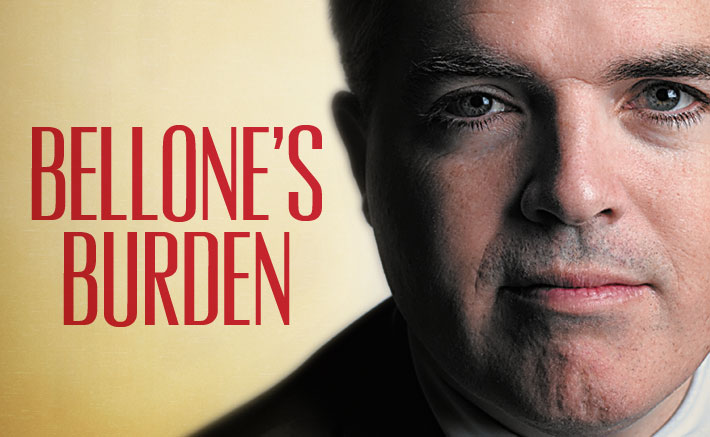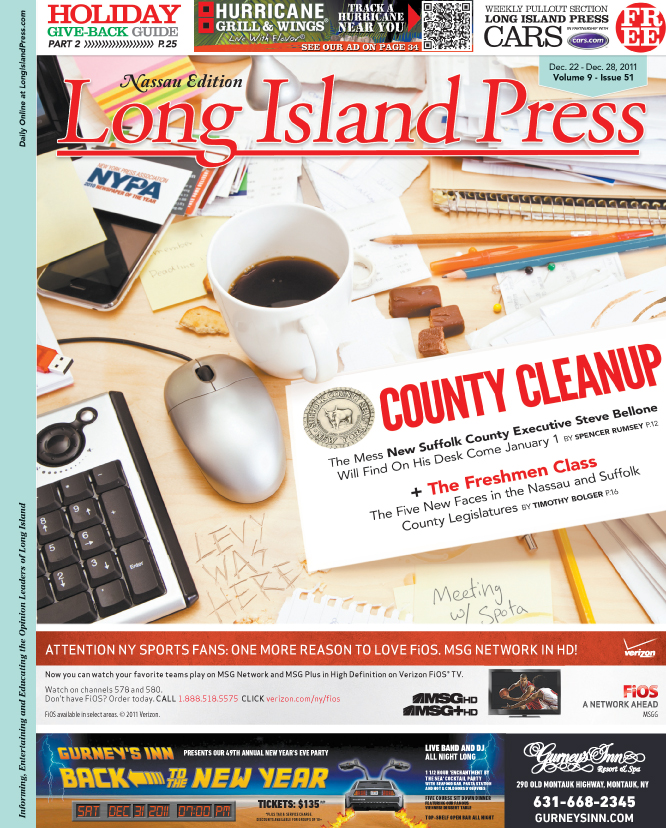By Lindsay Christ
Kelly knew something was wrong when she felt like she was about to get her period but it never came. The 18-year-old—a high-school dropout from central Suffolk—told her mother, who bought her a pregnancy test.
It came back positive.
That was in 2005. Now a 22-year-old mother of a toddler, Kelly (who asked that her last name not be used) recalls the day vividly.
“When I found out I was pregnant, I cried. I thought, ‘My life is over,’” says the petite blonde, during a recent lunch break from her job answering phones for a nonprofit that helps other teenage mothers in Suffolk cope with their new realities. She’s wearing an oversized T-shirt, baggy pants and sipping a 7-Eleven coffee.
“But I dealt with it,” she adds after a moment’s pause. “I had to.”
Kelly is not alone.
Following a 45-percent decline from 1991 to 2005, teenage births have been on the rise nationally since 2006, says the latest data from the National Center for Health Statistics. And according to the most recent figures from the New York State (NYS) Department of Health, Suffolk County had the highest number of teen pregnancies among females between the ages of 15 and 19 in the state in 2007—2,012 out of 39,910, and a 3-percent jump from the previous year—among counties outside New York City. That’s nothing to shake a rattle at, since the state ranks third in the nation for highest incidents of teen pregnancy behind California and Texas, according to a 2004 study by the Guttmacher Institute, a nonprofit reproductive health research group.
With the increased rates of babies being born to adolescents, say health officials, come a host of consequences, including: lost educational, social and vocational opportunities, perpetual poverty and dependence on public income maintenance and health programs for both parents and children. Nationally, teen childbearing cost federal, state and local taxpayers at least $9.1 billion in 2004, according to a 2006 report published by the National Campaign to Prevent Teen and Unplanned Pregnancy (NCPTUP). In NYS, that figure was $421 million in 2004.
Locally, the trend has caught the attention of the Suffolk County Legislature, which recently formed a Teen Pregnancy Task Force that will soon begin holding public hearings to examine the problem and issue a report proposing methods to decrease the teenage pregnancy rate. The hope is for an immediate and long-term plan to reverse the trend.
Though the exact price tag for Suffolk taxpayers is tough to quantify, explains Ginny Suhr, chief aide to Suffolk County Legis. and Deputy Presiding Officer Vivian Viloria-Fisher (D-East Setauket), sponsor of the legislation creating the task force, teen pregnancies are “a huge problem economically in the state and in the county.”
Suhr cites health care and child welfare costs, as well as lost tax revenue. But besides its high financial burden, Suhr puts the issue’s human toll at the top of the list for reasons to act.
“The importance of addressing the issue is the cost in their lives to their quality of life, these young people,” she says. “It is not glamorous. It is hard, hard, hard.”
OOPS
Experts attribute the increasing numbers of adolescents having babies to a myriad of factors, from a lack of proper sexual health education—either from schools or gun-shy parents—to teens becoming sexually active at younger ages. Other contributors could include the glamorization of teenage motherhood, say experts, through films such as the Academy Award-winning Juno or television shows like MTV’s Teen Mom and the near-constant media attention given to teenage celebrity moms like Britney Spears’ 18-year-old sister, Jamie Lynn. The culture and ethnic heritage of a community also plays a role, as does its socioeconomic situation.
Marcia Spector, executive director of SNAP, formerly known as the Suffolk Network on Adolescent Pregnancy, an adolescent pregnancy prevention and services coordination agency based on the grounds of Southside Hospital in Bay Shore, says Suffolk’s spike in teen pregnancies is largely a product of its recent population shift.
“A large reason there is a rise in teen pregnancy is because the demographics in Suffolk are changing,” she explains. “There has been a significant increase in the Hispanic population, and Latinas have the highest teen pregnancy rate in the country.”
Thousands of Hispanics have settled in Suffolk over the past decade. U.S. Census figures show the number of Hispanics almost doubled from 7.1 percent of the population in 1990 to 13.7 percent in 2008.
And, as Madonna sang in her 1986 hit single “Papa Don’t Preach”—which received harsh criticism at the time for its frank depiction of teenage pregnancy—pregnant Hispanic teen moms also predominantly choose to “keep” their babies.
According to Nancy DiMonte, associate adjunct professor of sociology at Farmingdale State College, who teaches, among other classes, Sociology of the Family, many minority teen mothers come from big families where there is more of an emphasis on family life as opposed to Caucasian parents, who tend to have fewer children.
The numbers back this up. The U.S. Centers for Disease Control and Prevention (CDC) reported this year that Latinas between the ages of 15 and 19 had 81.7 pregnancies per 1,000 girls, while white teens had 25.9 pregnancies per 1,000. The birth rate discrepancy between these two groups is similarly skewed: 83 and 27 per 1,000, respectively, according to the latest statistics. The NCPTUP, based in Washington, D.C., reports that Latinas have the highest rates of teen pregnancy and childbearing of any racial or ethnic group in the country, and 53 percent of Latinas get pregnant before the age of 20. Spector says factors for this include, “poverty, lack of access to services and a high dropout rate for Latina girls.”







